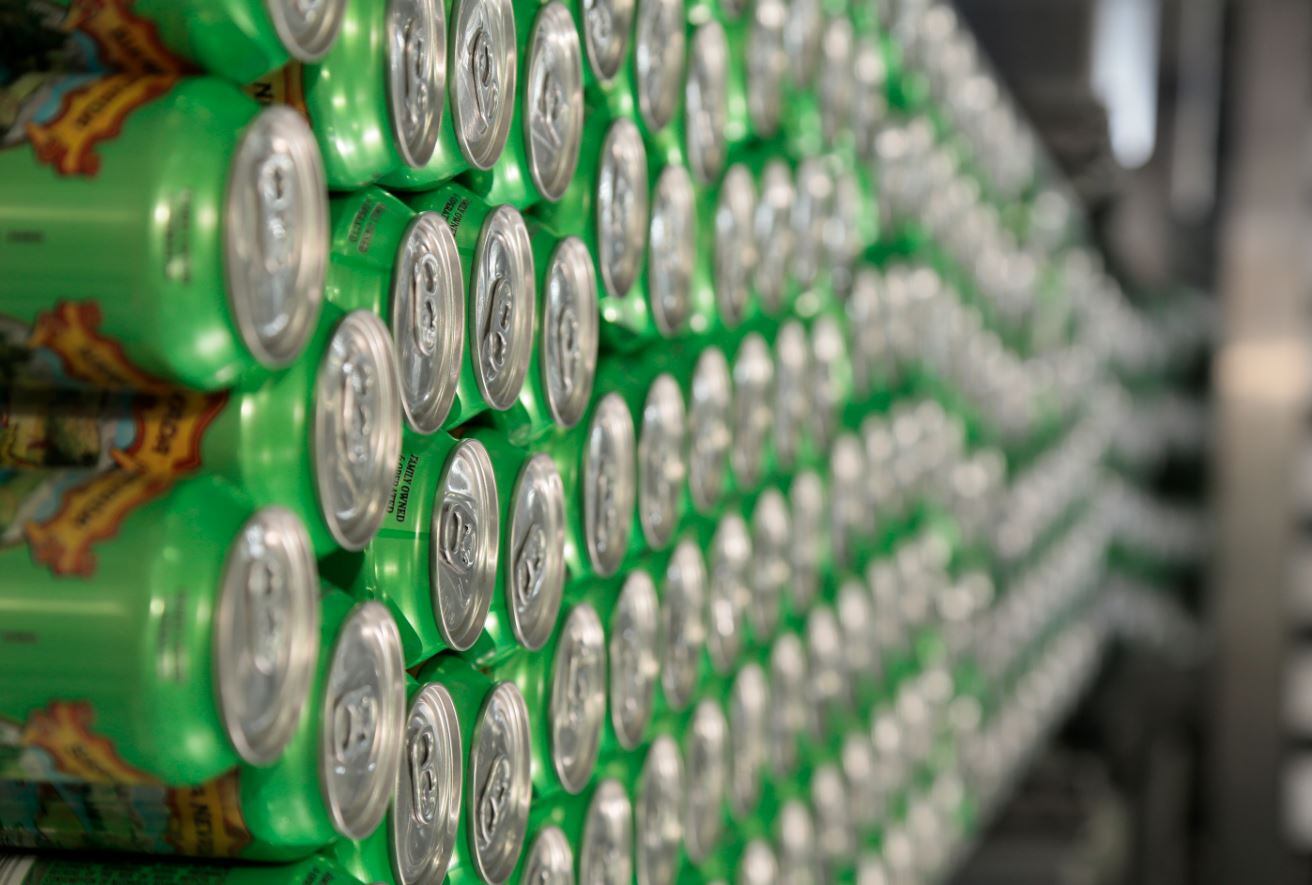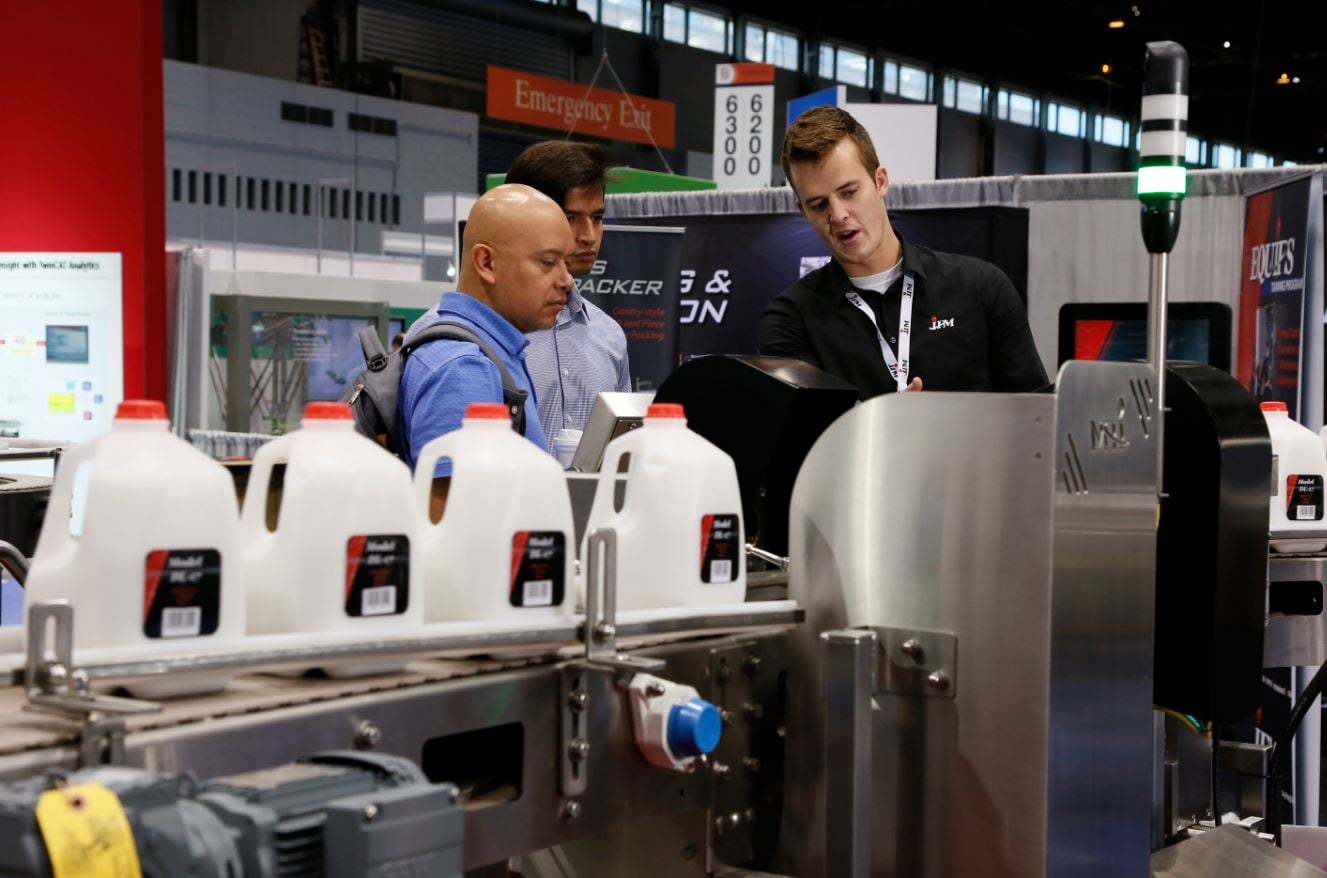What has changed are the segments within beverage that are driving its stable rise.
Explosion of breweries

Within Food and Beverage in total, beverage has seen the most growth in the number of places producing beverage products at 63.4%, with the bulk of this growth attributed to the explosion of breweries across the country.
This is a result of consumer affinity for the quality, flavor and brewing techniques that created the booming craft brewing industry. In fact, breweries increased 198% between 2012 to 2014 and beer now represents 32% of the beverage industry, second only to non-alcoholic (soft drinks, bottled water/juices) at 42%.
Wineries at 16% and distilled alcohol at 10% round out the beverage category.
The other significant trends driving production involve making beverages healthier, whether it’s replacing artificial colors and flavors with natural ones or adding nutrients to fortify drinks.
Overall the industry is moving to smaller cans and bottles which feed the less calorie trend.
Additional consumer habits driving change include a continued spike in energy drinks, flavored beverages and nutritionally enhanced beverages.
This growth is expected to slow down a bit in the years ahead from its current double-digit growth to about 8%.
The numbers for carbonated beverages continue to topple downward, as they have over the past five years. Logically, this is a result of the move towards more healthy alternatives.
From an industry standpoint, the number of beverages consumed is relatively the same, mitigating losses among beverage producers.
Ready-to-drink teas
Globally, information from the reports indicates a rise in ready-to-drink teas, flavored waters and dairy drinks, refrigerated kombuchas (lightly effervescent fermented teas popular in Asia) and other fermented drinks.
Coffee continues to produce double-digit growth in single-cup sales, so much so that single cup sales are expected to surpass roasted coffee by 2018.
On the dairy side, fluid milk production increased 7.5% from 2012 to 2014, but traditional milk consumption has waned. Dairy growth is a result of the rising popularity of cheese and yogurt.

From a machinery standpoint, the capital expenditure on beverage machinery decreased 5% during the 2008-2014 timeframe. The dip was somewhat offset by a 28.9% increase in leased machinery.
The burgeoning beer market could be the impetus here as well, as newcomers to the industry are waiting to purchase equipment until they have established a stronger foothold or better understand their capital needs.
Of the beverage segments, dairy equipment showed the largest six-year shipment value increase at 42.8%, as well as the largest two-year (2012-2014) shipment value increase at 16%.
The highest increase of capital expenditure on equipment also occurred in dairy. Conversely, leased machinery for dairy beverages decreased 7.8%. One reason highlighted for the increase in dairy is manufacturers have been able to pass the rising price of milk on to the consumer.
Pack Expo Las Vegas
Regardless of the segments within the market, beverage manufacturers across all segments consider the same attributes when evaluating new equipment with more than half (54%) citing cost as the biggest factor.
Reliability/durability, return on investment and service all exceeded 33%. (Respondents could choose more than one answer.)
For companies seeking the latest technologies targeting the beverage segment, Pack Expo Las Vegas 2017 (September 25-27; Las Vegas Convention Center) will offer 800,000 net square feet of innovations and solutions and serve as North America’s largest packaging event.

It’s where executives and plant managers, engineers, brand managers and packaging designers come to see machinery in action, connect with suppliers, network and gain the latest perspective on the beverage industry as well as 40 additional vertical markets.
Co-located with the Healthcare Packaging Expo, the two shows will bring together more than 30,000 attendees and 2,000 suppliers of packaging equipment and materials.’
Jorge Izquierdo is vice president of Market Development for PMMI, The Association for Packaging and Processing Technologies. He oversees PMMI’s market development plans, research and programs for strengthening the competitiveness of North American suppliers of processing and packaging equipment.
